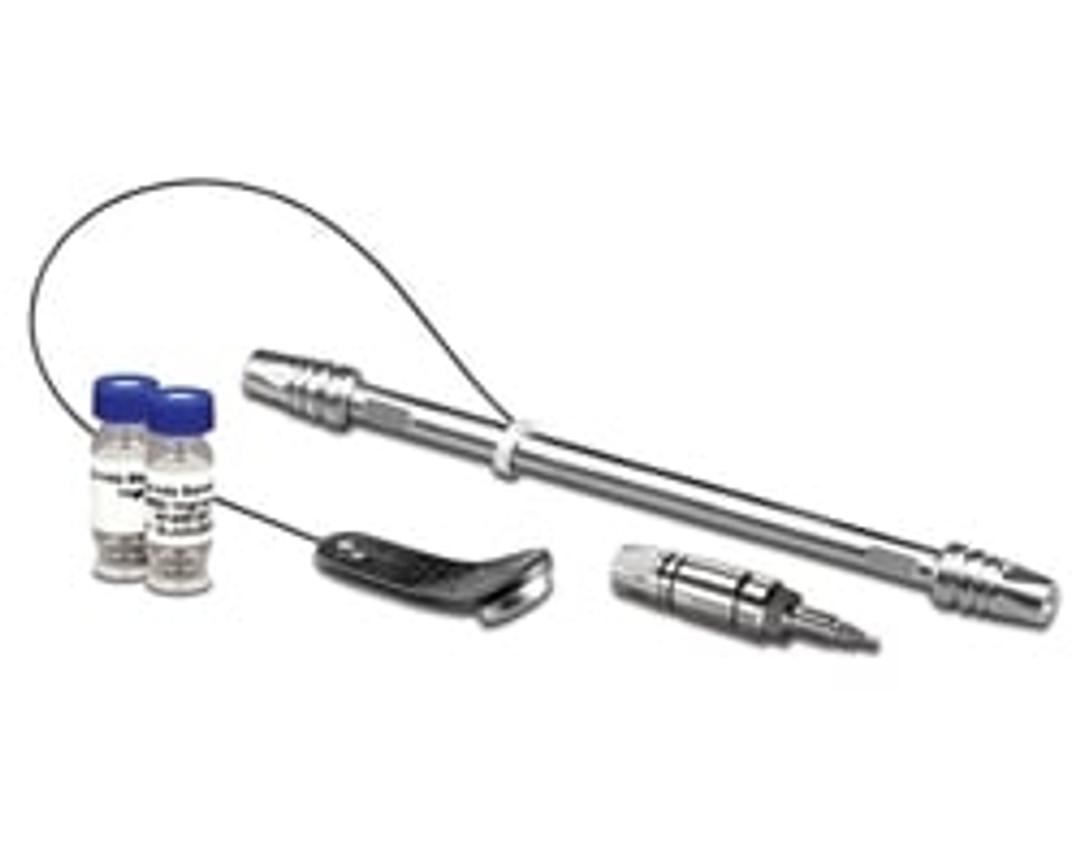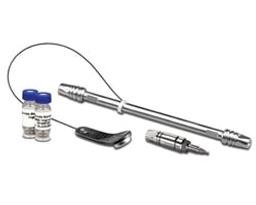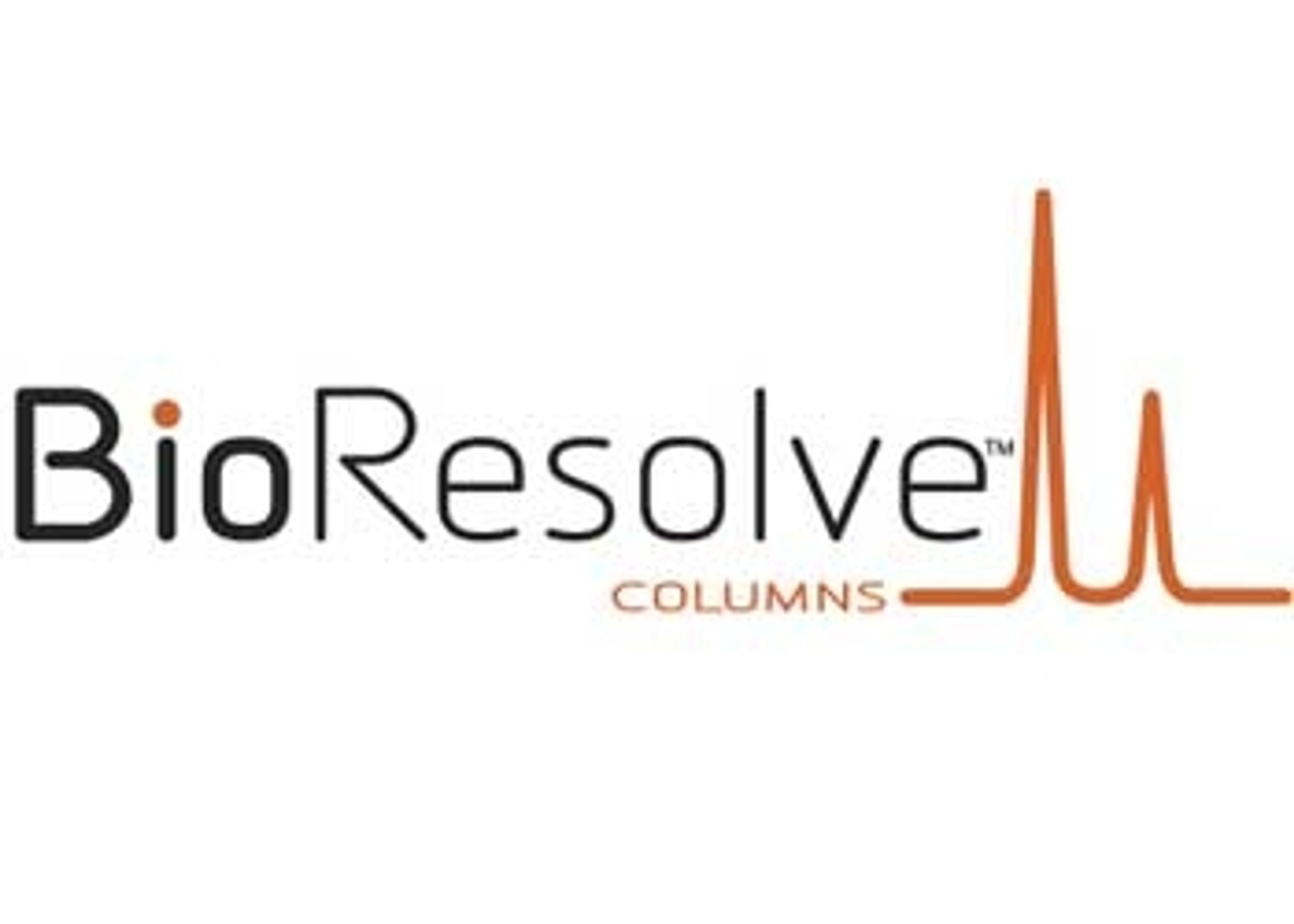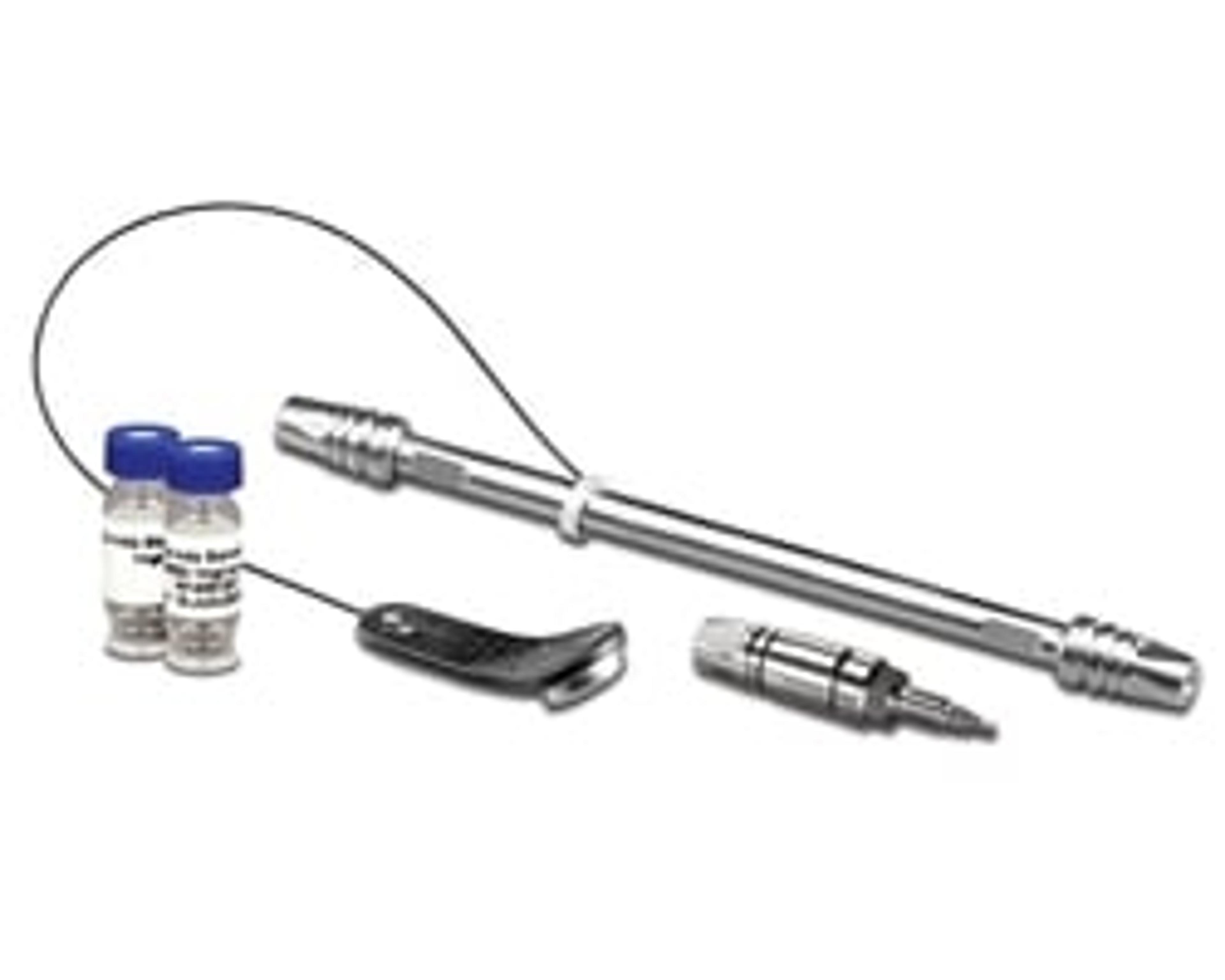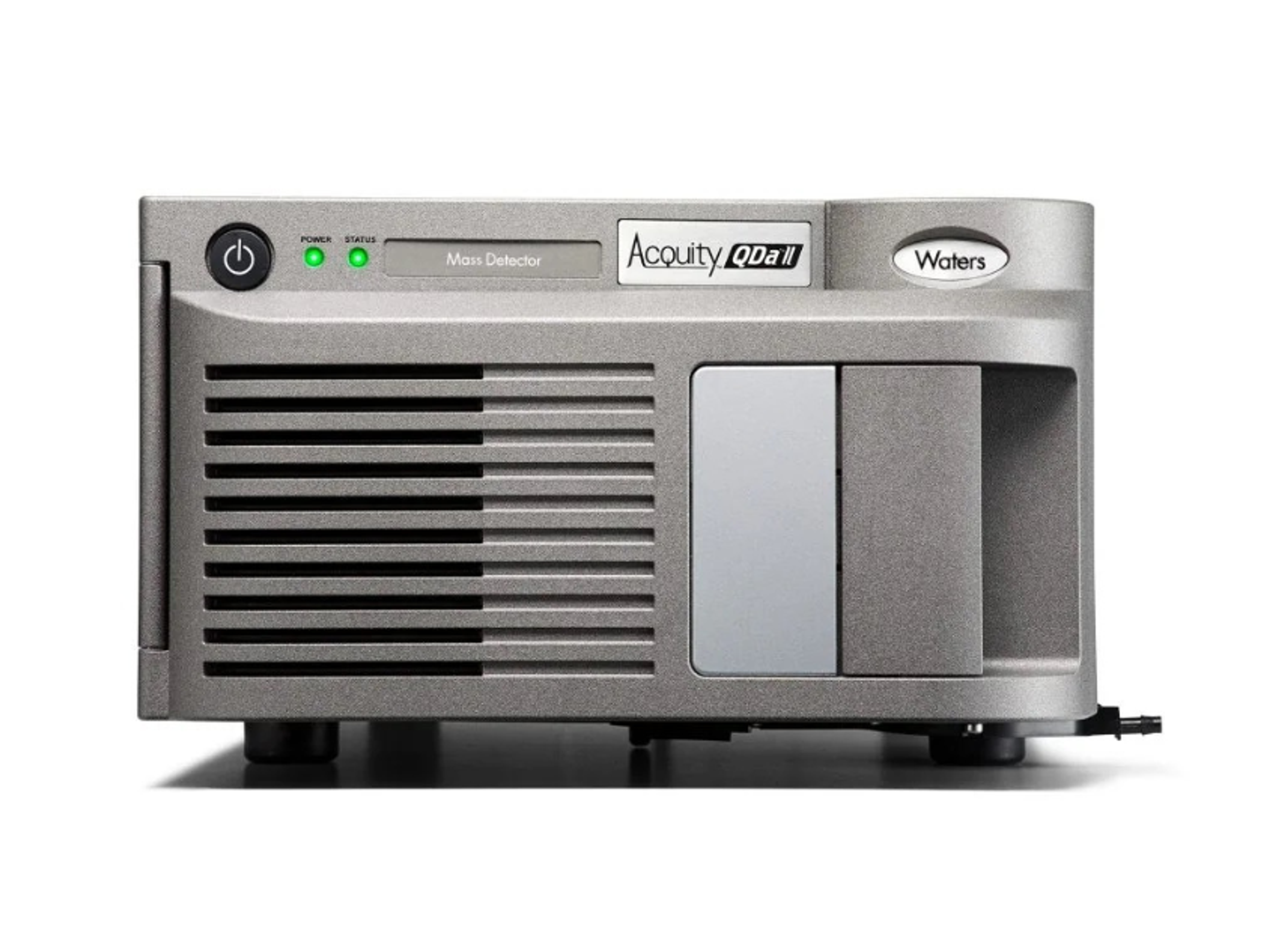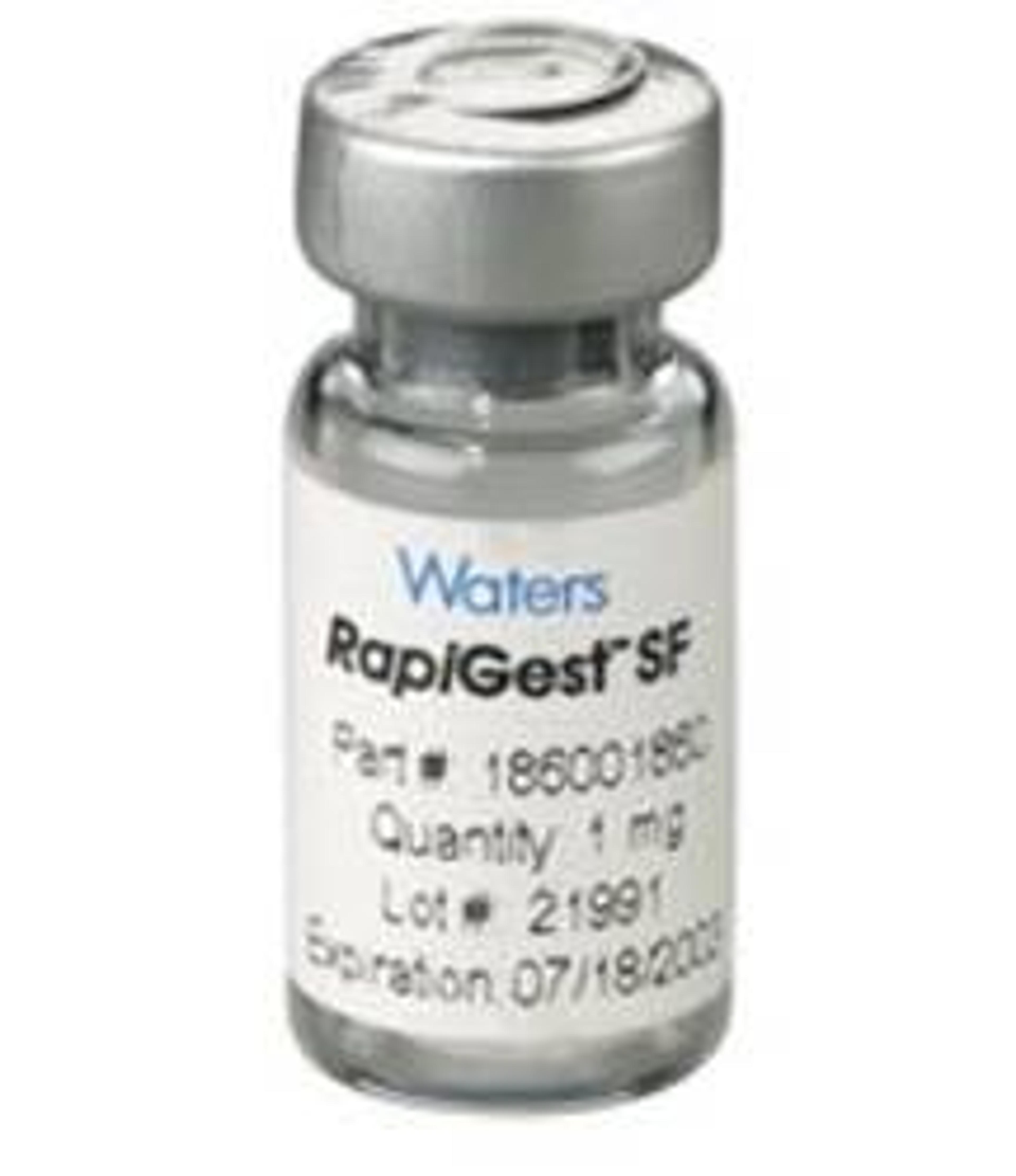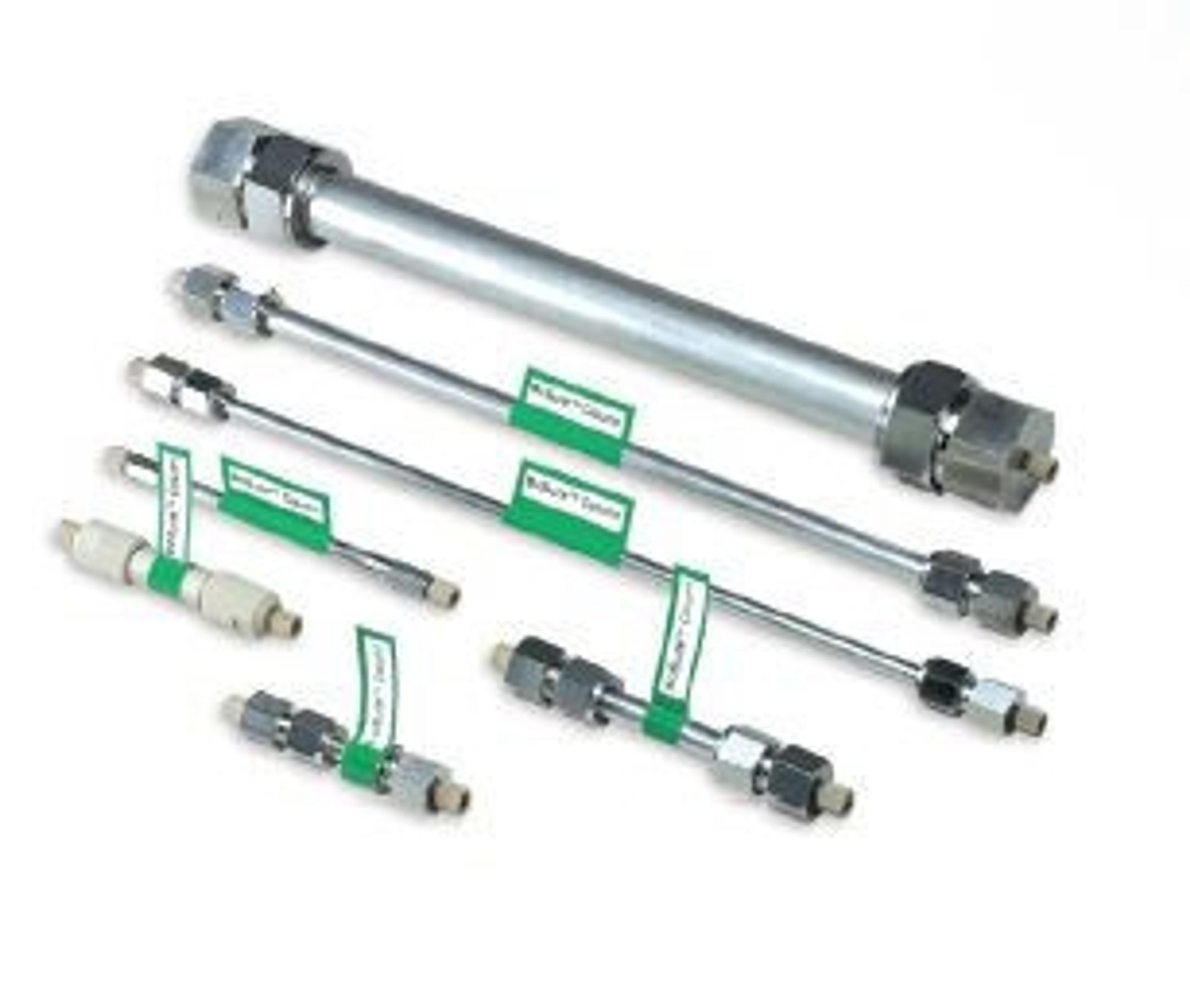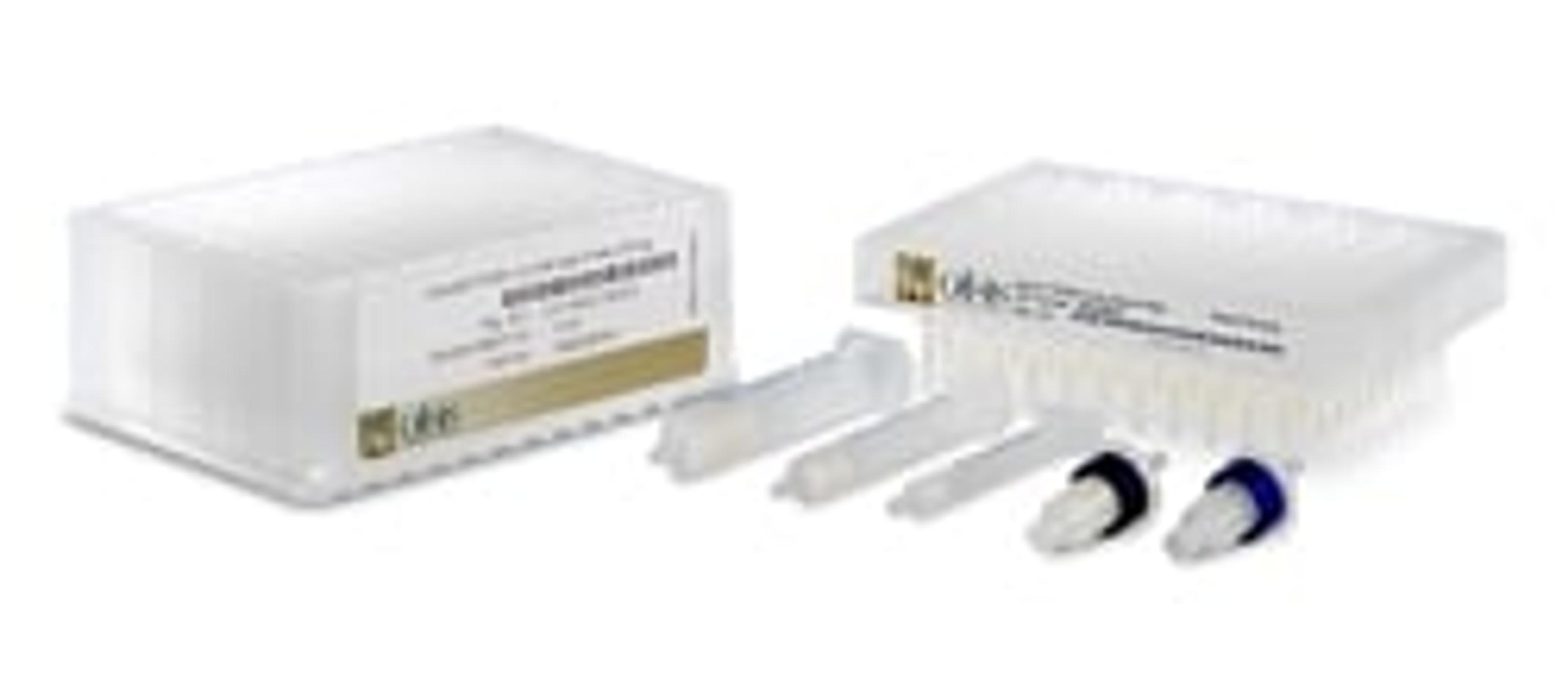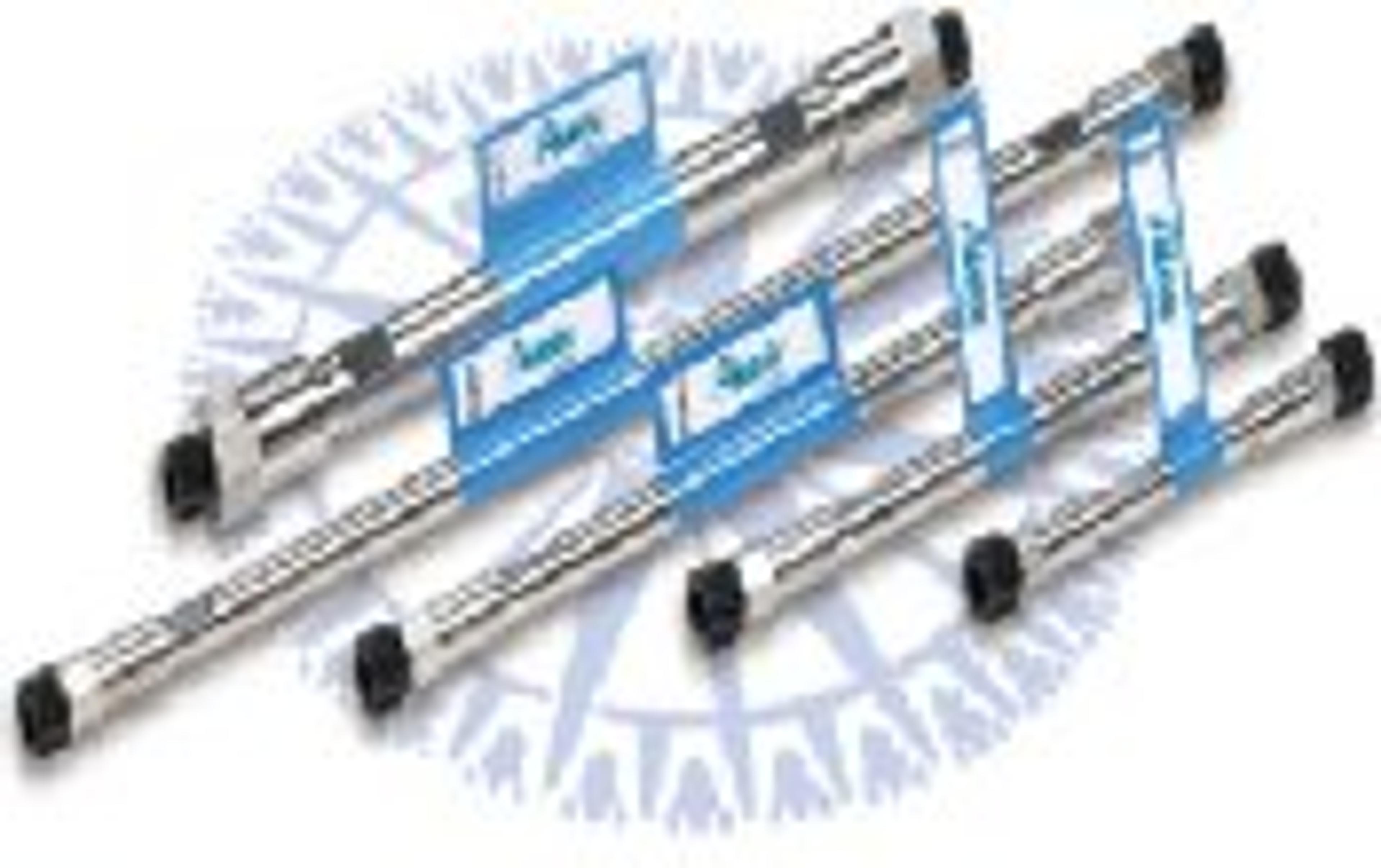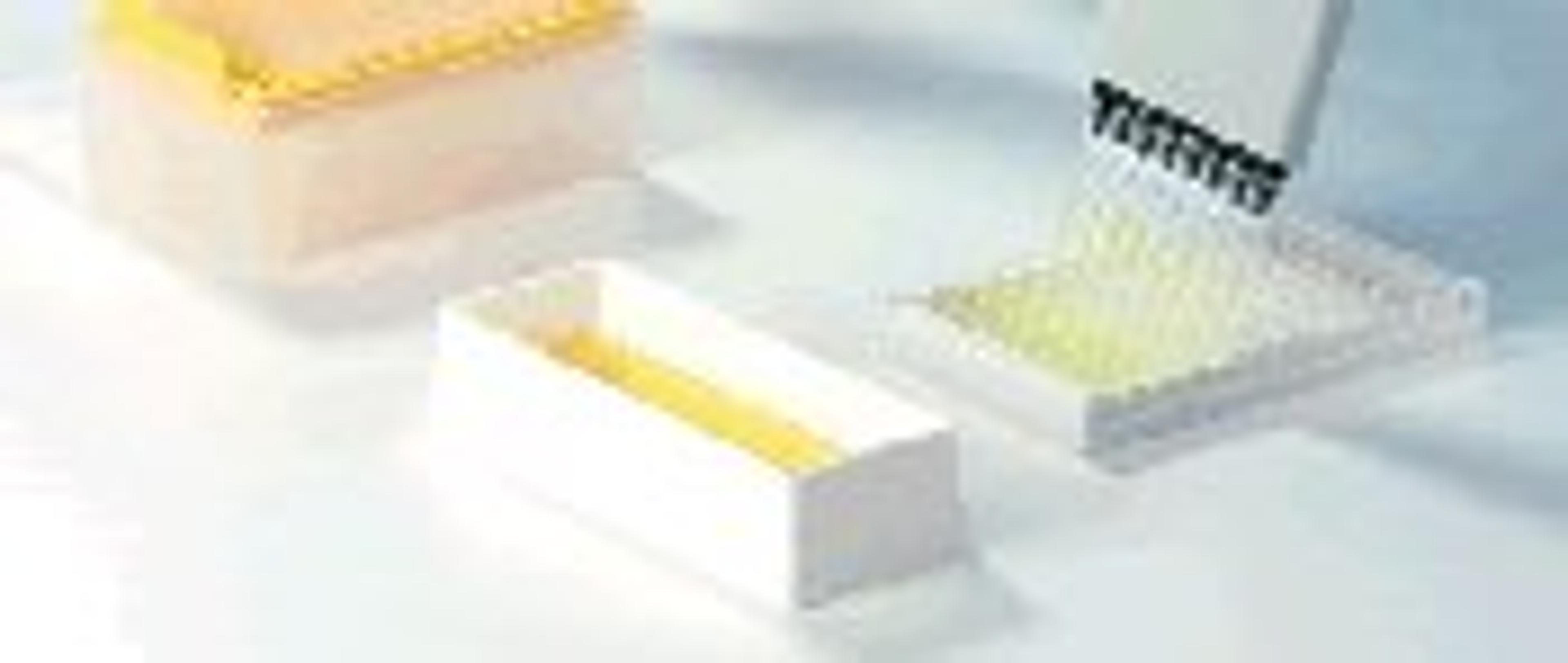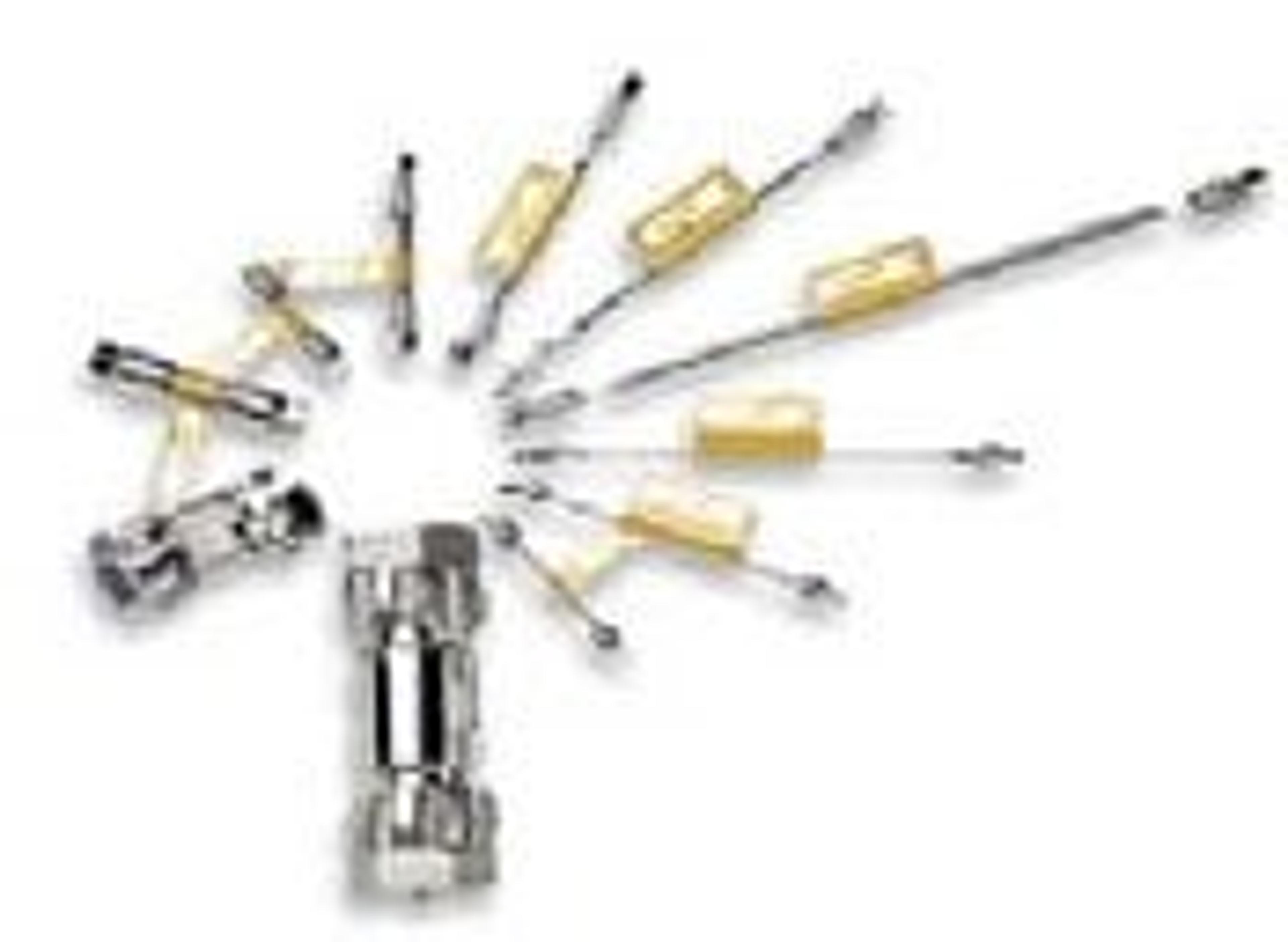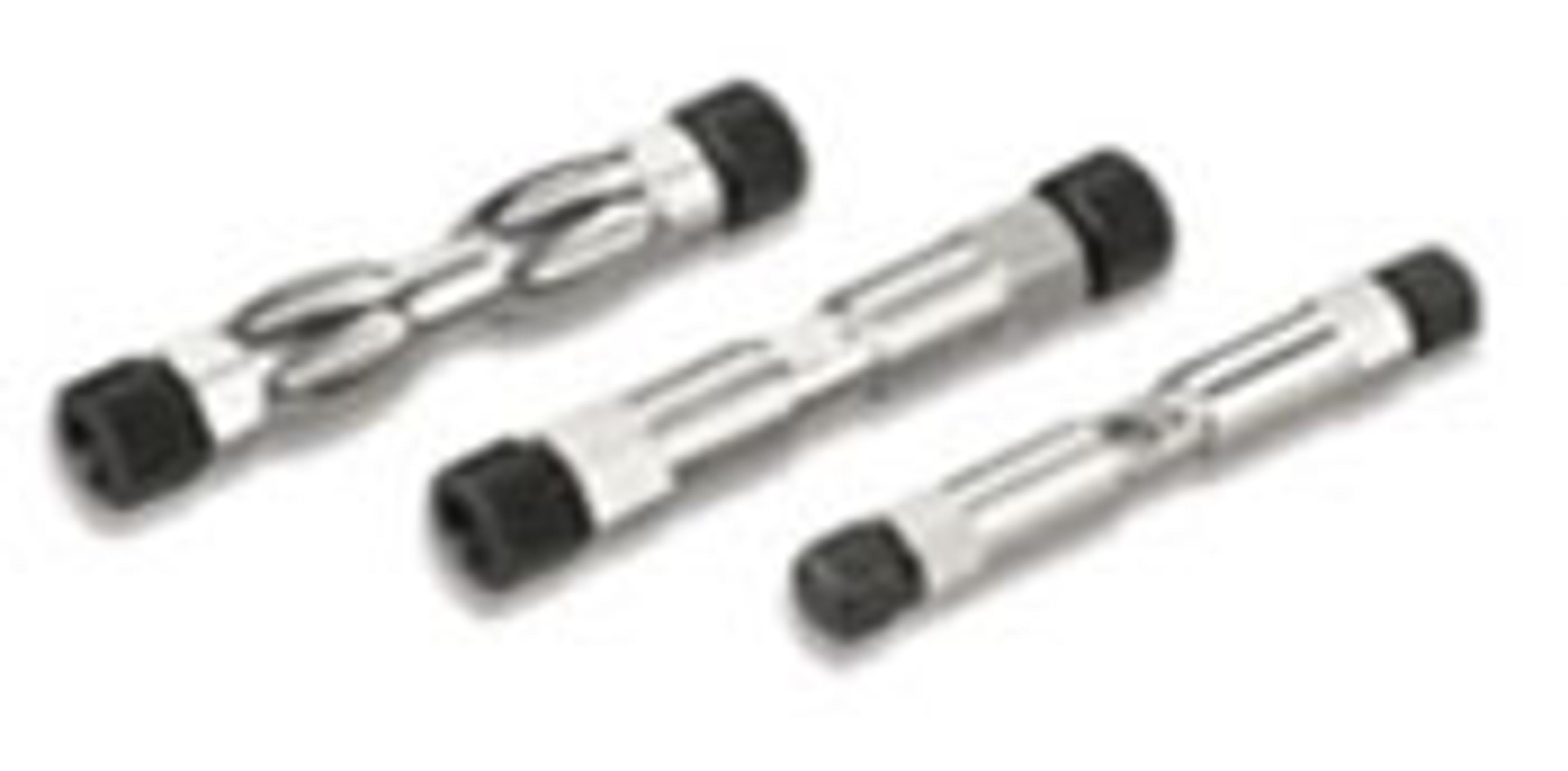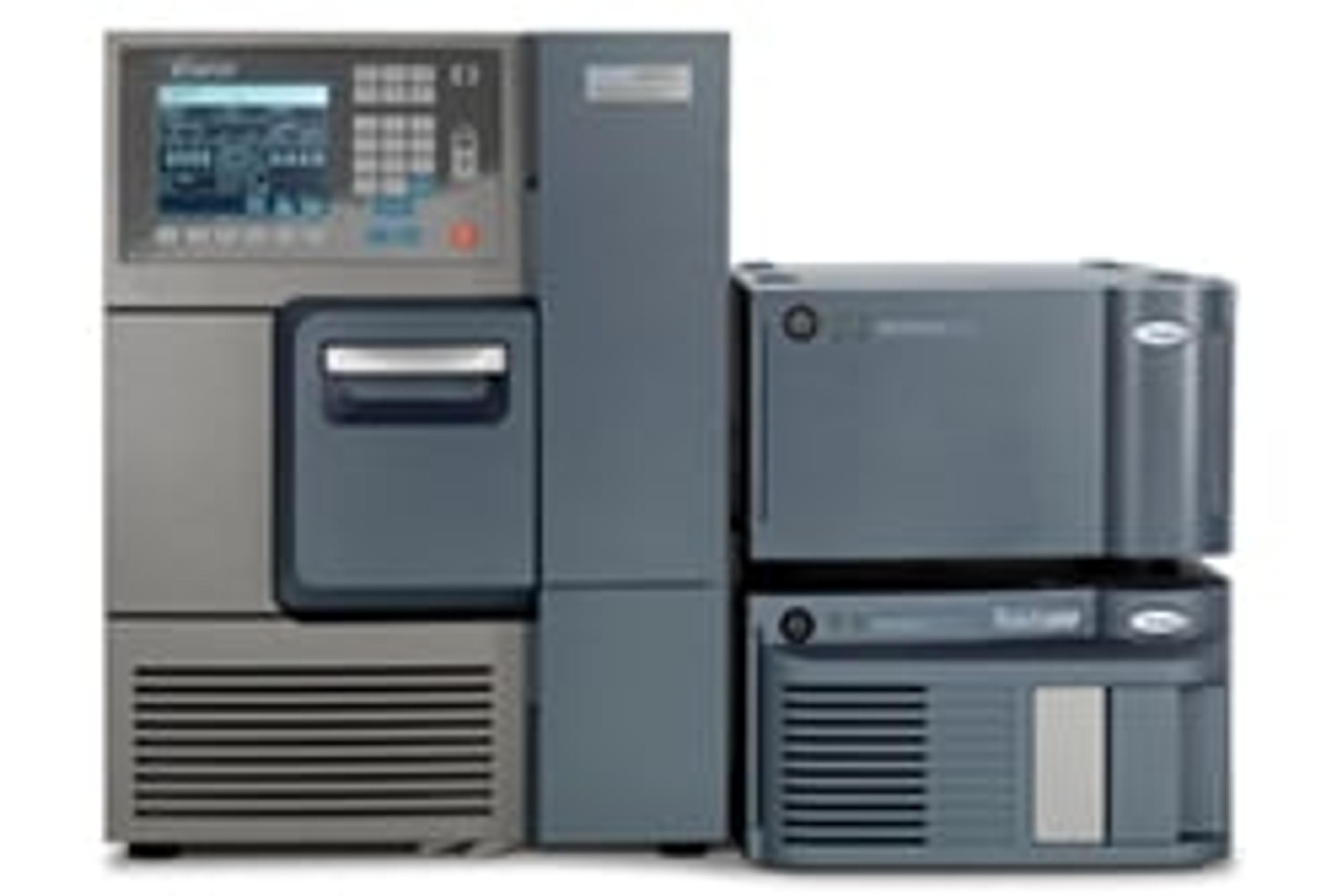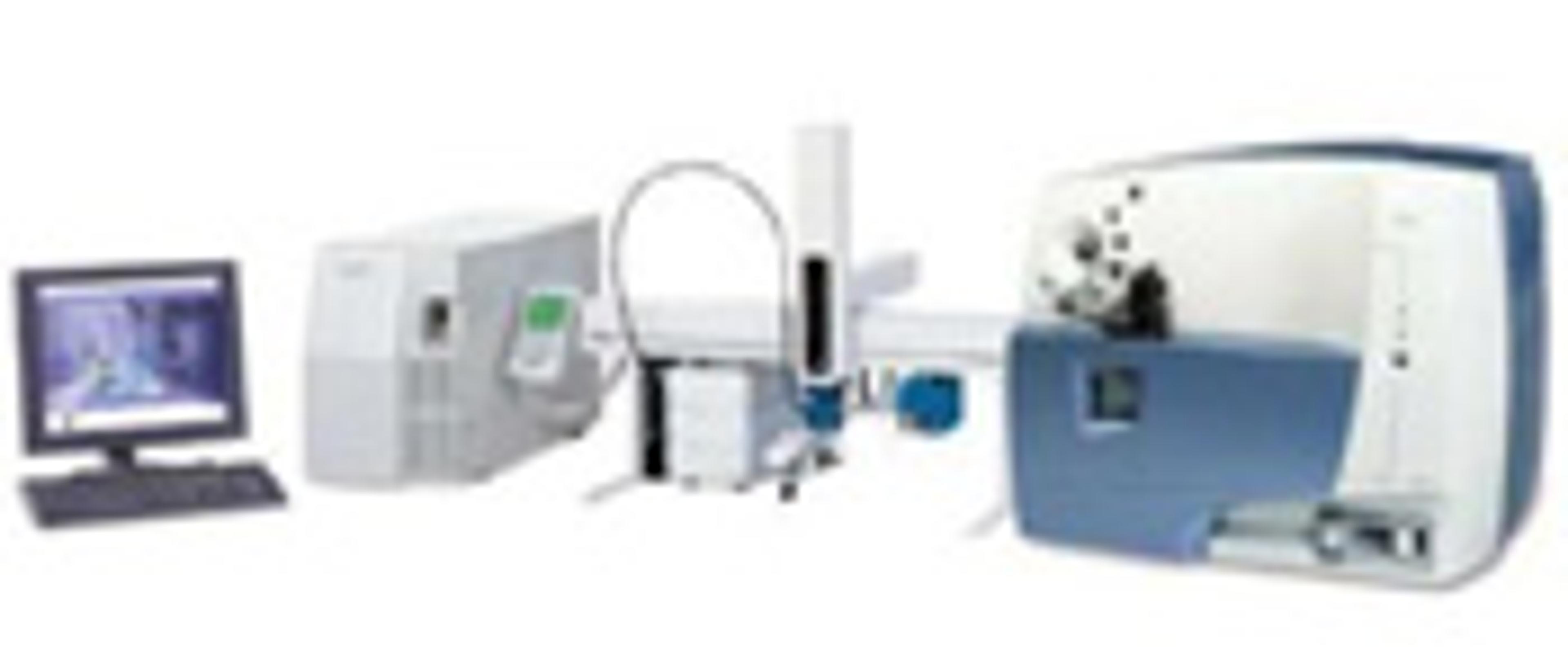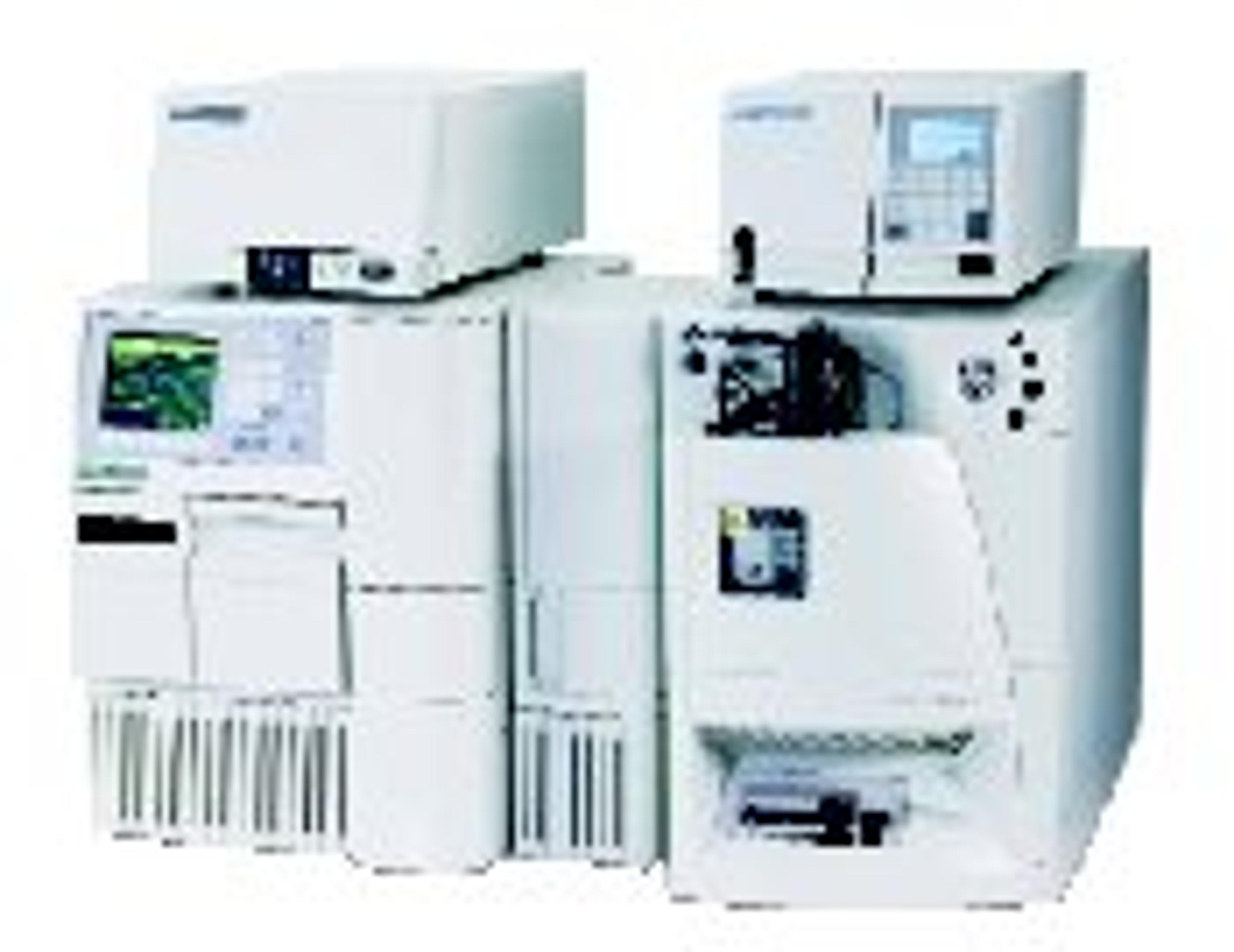BioResolve Columns
More than just a column - A solution providing application-focused standards, methods, and exclusive support so you can easily and reliably achieve state-of-the-art separations.
Reproducible results
Separate biologics products coupled to mouse IgG subunits.
We had reproducible results and easy handling with this column.
Review Date: 17 Jan 2019 | Waters
The BioResolve RP Column is superior to any RP column on the market.
Chromatography separation
The BioResolve RP Column is superior to any RP column on the market. I have gotten excellent results for separations by LC/MS. This column will be our next platform column. It has superior resolution, recovery, and separation.
Review Date: 20 Dec 2018 | Waters
Shorter analysis times, better resolution
Vaccines and proteins
High quality and reproducible. Easy to use, great application support team at Waters.
Review Date: 18 Oct 2018 | Waters
Good product!
LCMS analysis of IgG
Very good separation of mouse IgG subunits. Need conditioning with intact IgG prior to use to keep nice separation properties.
Review Date: 9 Oct 2018 | Waters
Greatly improved carryover!
MS Analysis of Biotherapeutic
The column - we have a particularly hydrophobic biotherapeutic. Using the traditional C4 column for RP-UPLC and RP-MS methods I always have to run at least three injections of MP A until the carryover has been cleared. With the BioResolve column, this has been reduced to one MP A injection. I have not experienced the added resolution as the analytes are fairly well resolved anyway. Waters - These guys are second to none when it comes to customer service. I've not had any need to troubleshoot any methods with the column so the after sales care has been limited to follow up calls to see how we're getting on with the product, etc. I have previously used their Chemistry Customer Service Team for another product where they significantly helped me with method dev/troubleshooting.
Review Date: 9 Oct 2018 | Waters
Highly recommend this column
Impurities
We had reproducible results and easy handling with this column. No or negligible sample carry-over occurred. We can highly recommend this column and will use it as soon as possible for other projects. We achieved very good results compared to the data of a column we previously used (another manufacturer). We gained much more resolution between the impurities. Before this column, we had a lot of problems with carry-over.
Review Date: 8 Oct 2018 | Waters
Good value
Biologics characterization
More choice to separate biologics products coupled to LC-MS, except for SEC and C4
Review Date: 5 Oct 2018 | Waters
Great results even with complicated samples.
Nanobodies
We purchased this column to characterize our nanobodies which have a molecular weight of around 14 KDa and it worked really well. Even without expecting it when analyzing them by UPLC-MS with the BioResolve column we were able to distinguish two separate peaks corresponding to the wild type nanobody and an N-terminal pyroglutamat form of it which only differs on 17 units of mass. With that we can say that this column has a really good resolution and is able to distinguish between two close species which may be really useful when working with antibody's modifications.
Review Date: 5 Oct 2018 | Waters
The resolution and recovery of subunits analysis met our expectations.
Analyzed mAb for the modification of subunits
The resolution of BioResolve column is much better than C4 columns. We achieved reproducible results for subunits analysis when using HPLC and UPLC. The assay robustness is fine with three different lots of columns. Comparing to the similar columns, the cost of column is reasonable.
Review Date: 5 Oct 2018 | Waters
Slightly better than typical RP column, needs adjusted parameters for proteins
RP assay for biopharmaceutical protein candidate
We evaluated the BioResolve column on one protein using a reduced / alkylated (subunit-like) method. Slightly better peak resolution was observed on highly glycosylated protein, and needed to lower flow rate and column temperature.
Review Date: 3 Oct 2018 | Waters
Protein Reversed-Phase Columns
Reversed-phase chromatography of proteins, performed on columns packed with porous or coated, solid-core particles possessing wide pore size particles ( e.g., 300Å), and functionalized with short ligand length chemistries (e.g., C4), is a separation technique based on the ability to separate samples based on relative hydrophobic differences of the proteins in solution. Gradients of increasing organic solvent concentration are frequently used to affect separations in the presence of ion-pairing reagents (e.g., 0.1% TFA or 0.1% formic acid) that minimize undesired ionic interactions. In general, the hydrophobicity of the protein or protein subunit determines the elution order, with the least hydrophobic proteins eluting first. Factors such as particle composition, pore size, ligand type and density, as well as separation conditions (e.g., gradient duration, separation temperature, flow rate) all play important roles in obtaining a separation that meets application requirements.
BioResolve RP mAb Polyphenyl Columns
These 450Å, 2.7 µm columns were developed in response to shortcomings of existing reversed-phase columns designed for LC or LC-MS analysis of intact mAb or mAb subunits.
- Contain silica-based, solid core particles with defined 450Å pore coating for outstanding protein component resolution, recovery, and low injection-to-injection carryover
- Use innovative polyphenyl ligand and bonding technology (patent pending) to deliver superior intact mAb and subunits separations in LC (0.1% TFA) or LC-MS (0.02% TFA or 0.1% FA) applications
- Deliver near equivalent performance on HPLC, UHPLC, and UPLC instrumentation
- QC tested with a mAb subunit standard (i.e., Reduced IdeS-digested NIST mAb Reference Material 8671) to help ensure batch-to-batch column consistency


